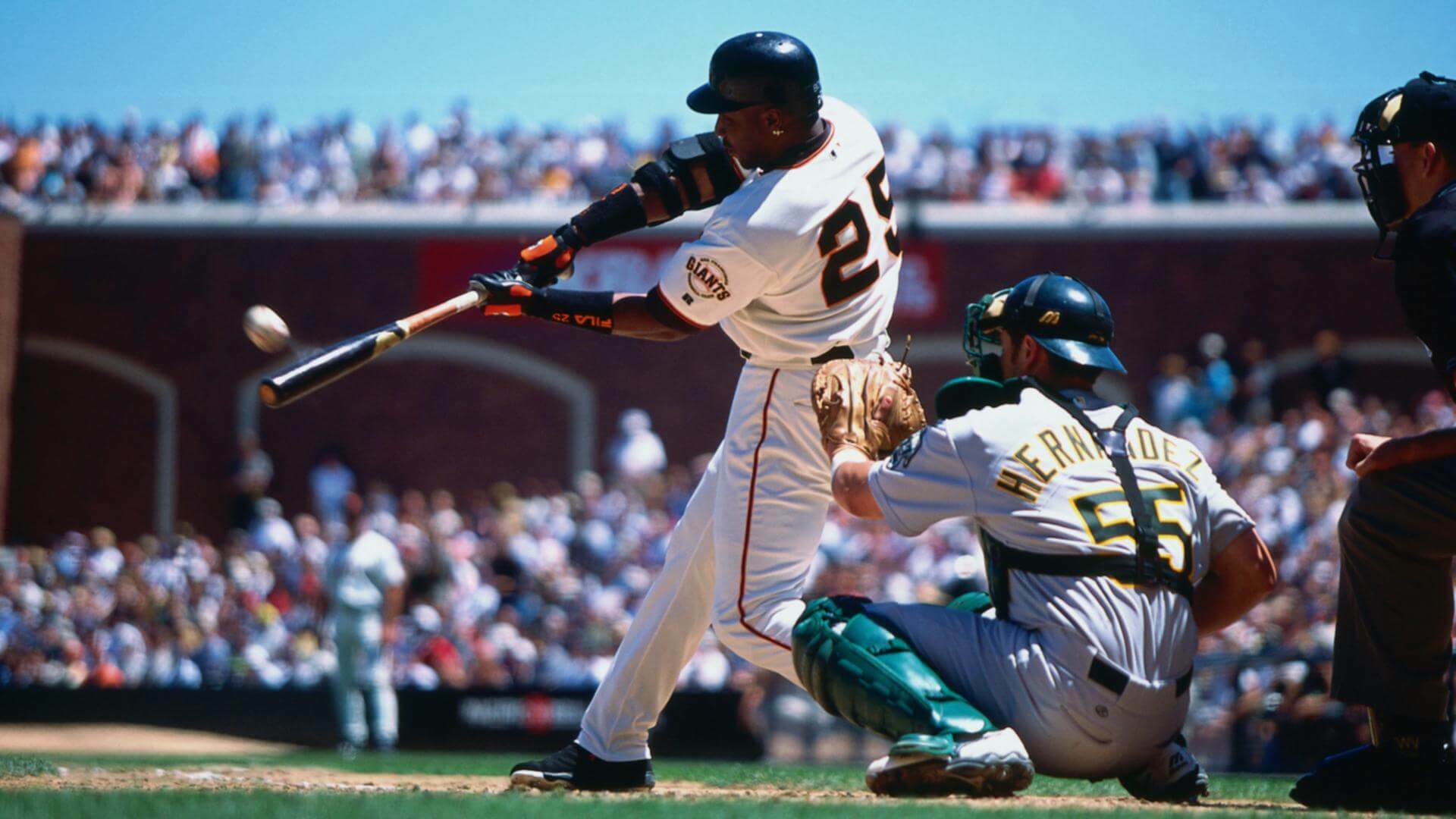Shifting Landscapes: The Evolution of Baseball Through the Ages
Introduction:
Baseball, often hailed as “America’s Pastime,” has undergone a fascinating evolution since its inception in the 19th century. From its humble origins on sandlots to the grandeur of modern stadiums, the sport has adapted to societal changes, embraced technological advancements, and navigated challenges, all while preserving the essence that captivates fans worldwide. This article delves into the unique journey of baseball’s evolution, exploring key milestones, transformative moments, and the enduring magic that defines the game.

1. Birth of a Pastime: From Sandlots to the Diamond:
a. 19th Century Origins: Baseball’s Genesis:
Baseball traces its roots to the mid-19th century, with its rules formalized in 1845. The game flourished in local communities, evolving from informal matches played on sandlots to organized leagues.
b. Civil War Influence: A Pervasive Pastime:
The Civil War played a pivotal role in popularizing baseball, with soldiers on both sides engaging in the sport during their leisure time. This widespread participation contributed to the game’s national appeal.
2. Rise of the Majors: The Birth of Professional Baseball:
a. National League Era: Pioneering Professionalism:
The establishment of the National League in 1876 marked a turning point, formalizing the structure of professional baseball. Teams like the Cincinnati Red Stockings set the stage for the growth of organized, paid competition.
b. American League Emergence: The Birth of the World Series:
The American League’s founding in 1901 intensified the competition, leading to the establishment of the modern World Series in 1903. The Fall Classic became an annual spectacle, showcasing the best teams from each league.
3. The Golden Age of Baseball: Icons and Legends:
a. Babe Ruth and the Power Hitters: Revolutionizing the Game:
The 1920s witnessed the emergence of Babe Ruth, whose prodigious home run-hitting prowess revolutionized baseball. The power-hitting era elevated the sport’s popularity and set the stage for future sluggers.
b. Integration and Barrier Breaking: Jackie Robinson’s Legacy:
Jackie Robinson’s groundbreaking entry into Major League Baseball in 1947 shattered racial barriers. Robinson’s impact extended beyond the field, influencing the broader civil rights movement.
4. Winds of Change: Expansion and Innovation:
a. Expansion Era: New Teams, New Markets:
Baseball experienced significant expansion in the 1960s and 1970s, welcoming new teams to emerging markets. This period witnessed the birth of divisions, league championships, and the advent of the designated hitter.
b. Technological Advancements: The Age of Analytics:
The late 20th century brought technological advancements, including the use of sabermetrics and data analytics. Moneyball, both a book and a film, spotlighted the Oakland Athletics’ analytical approach to team-building.
5. Globalization and the World Baseball Classic: Beyond Borders:
a. International Reach: Baseball Across Continents:
Baseball’s global footprint expanded with the introduction of the World Baseball Classic in 2006. The tournament showcased the sport’s international appeal, featuring top players from around the world.
b. Baseball in the Olympics: Cycles of Inclusion and Exclusion:
Baseball’s presence in the Olympics fluctuated over the years. While the sport was excluded from the Olympic program for several editions, its return for the 2020 Tokyo Olympics marked a significant moment.
6. Challenges and Controversies: Navigating Stormy Waters:
a. Steroid Era: Shadows Cast on the Game:
The late 20th and early 21st centuries were marred by the steroid era, with players implicated in the use of performance-enhancing substances. The subsequent investigations and reforms aimed to restore the integrity of the game.
b. Labor Strikes and Lockouts: Disruptions to the Baseball Calendar:
Periodic labor disputes, including strikes and lockouts, created challenges for Major League Baseball. These conflicts often revolved around issues such as revenue sharing, player contracts, and competitive balance.
7. Modern Ballparks and Fan Experience: A New Era of Venues:
a. Retro Ballpark Movement: Nostalgia and Amenities:
The late 20th century saw a shift in ballpark design, with teams embracing the retro ballpark movement. These stadiums combined modern amenities with a nostalgic aesthetic, enhancing the overall fan experience.
b. Advancements in Fan Engagement: Technology in the Stands:
The digital age brought advancements in fan engagement, with teams leveraging technology to enhance the in-stadium and at-home experiences. Mobile apps, instant replays, and interactive features transformed how fans connect with the game.
8. The Future of Baseball: Adapting to New Realities:
a. Embracing Social Media: Connecting with a Digital Audience:
Baseball has embraced social media platforms to engage with a younger and more digitally connected audience. Players, teams, and leagues actively participate in online conversations, extending the reach of the sport.
b. Rule Changes and Innovations: Evolving Gameplay:
To adapt to the changing preferences of fans and to enhance the pace of play, Major League Baseball has implemented rule changes, including the introduction of the universal designated hitter in both leagues and experimentation with pitch clocks.
Conclusion: A Timeless Game in Flux:
Baseball’s evolution is a testament to its resilience and adaptability. From its grassroots origins to the global stage, the sport has weathered challenges, embraced innovation, and woven a narrative that spans generations. As baseball continues to evolve in response to societal shifts, technological advancements, and the changing preferences of fans, it remains a timeless game, an enduring source of joy, and a thread that binds communities and cultures across the world. In the ever-shifting landscapes of sports, baseball’s evolution continues, ensuring that its magic endures for generations to come.